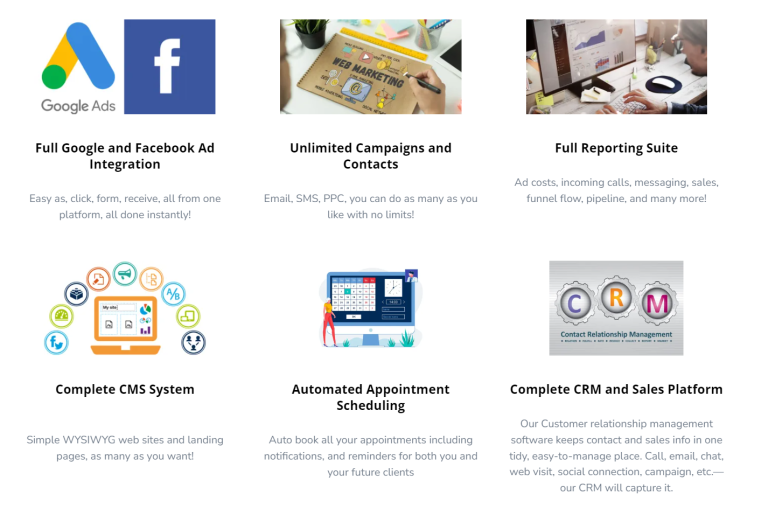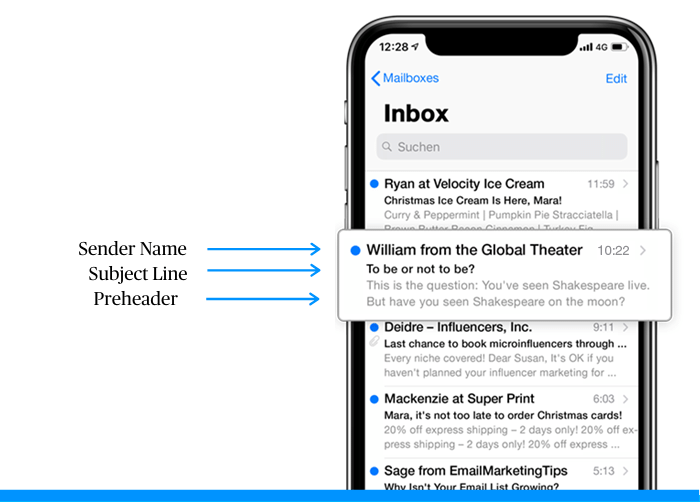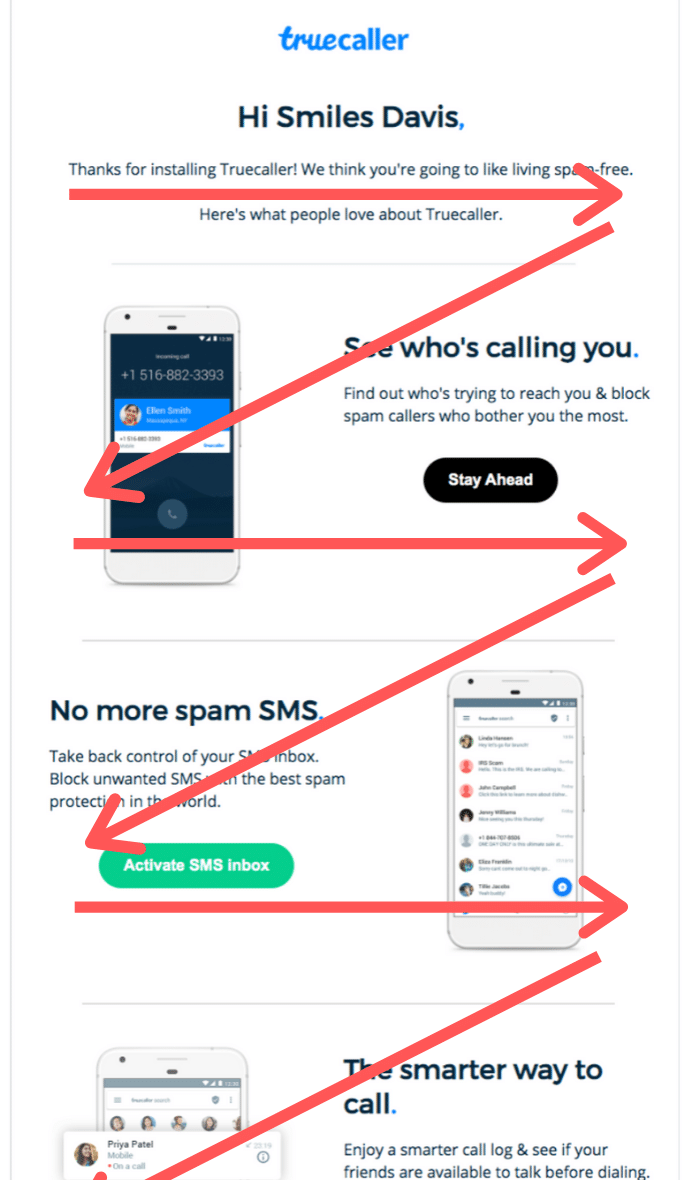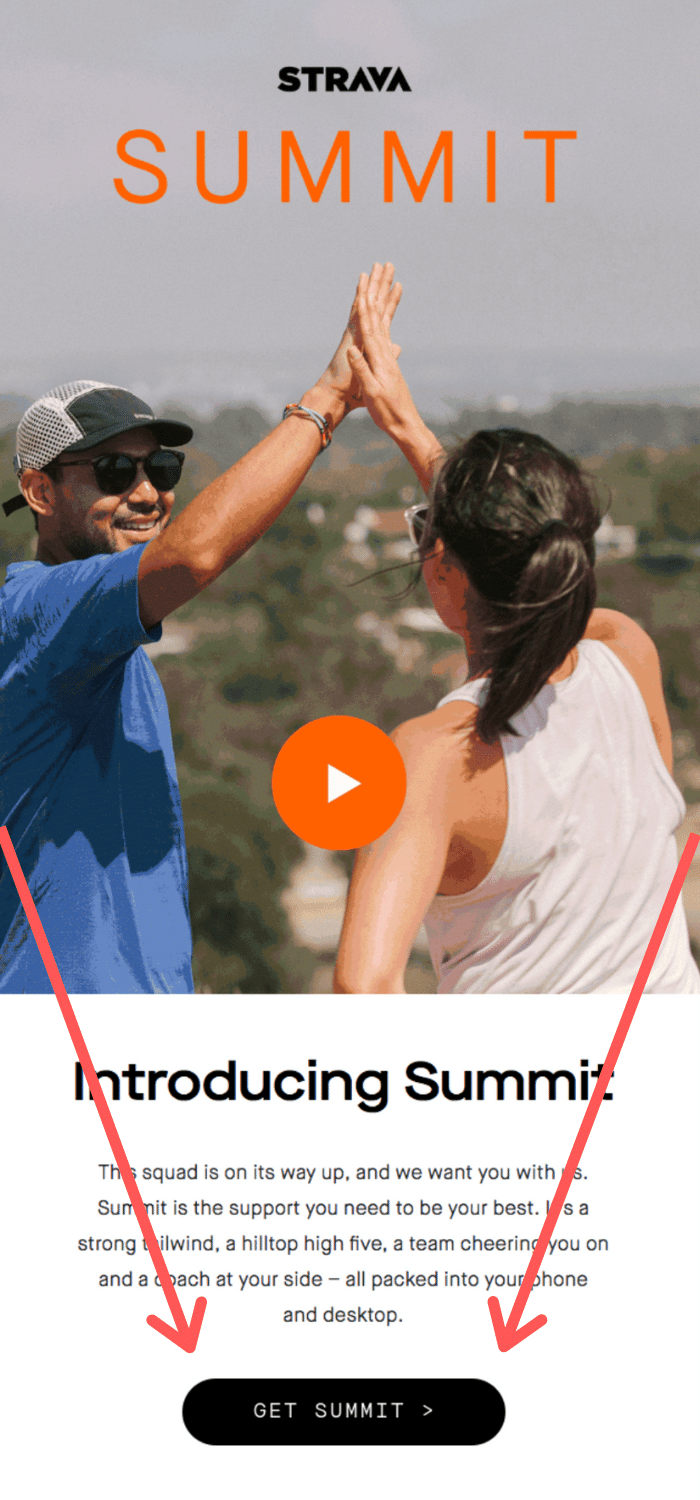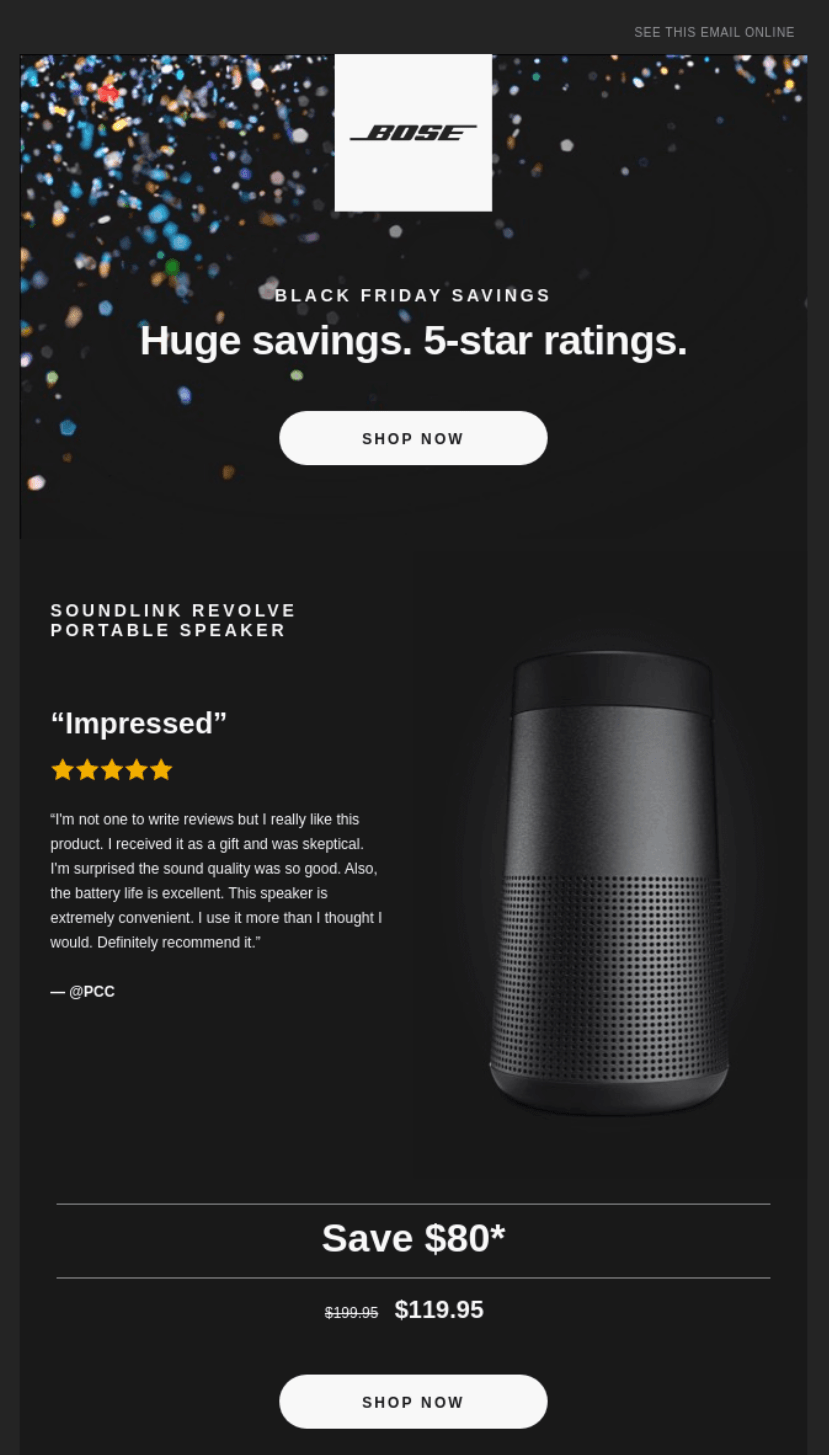A new website should be an opportunity to improve SEO, conversion rates and digital marketing as a whole. Unfortunately, it can also be an SEO disaster if not carefully managed. This is a website redesign seo checklist.
This article outlines the main areas you must consider when redesigning a website to ensure you retain (and improve) your SEO.
A cautionary tale
Maintaining traffic during a redesign can be tricky.
Google’s John Mueller was asked if there is a way to prevent traffic loss during a redesign, and he had a strong, simple answer – no.
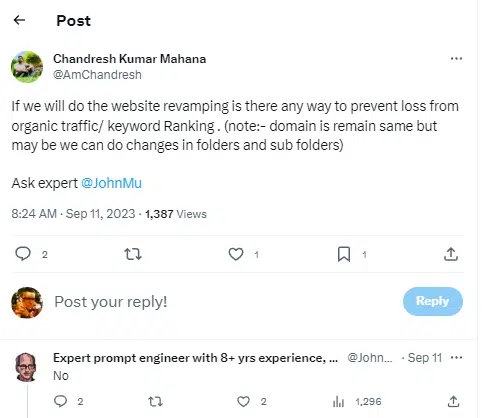
During my career, I have seen many new, expensive, mission-critical websites that have wholly decimated important and profitable organic traffic.
However, one project has always stuck with me among the many horror stories.
The website was for a small multiple sclerosis (MS) charity. The charity promoted a natural approach to helping with MS and, as such, was not well-funded.
The site had gradually built organic traffic over several years but desperately needed a visual overhaul.
After a protracted website redesign involving two companies over 12 months, the new site finally launched. Everyone was super excited about taking things to the next level.
And then this happened:

Organic traffic dropped by over 90%.
This was not simple turbulence – the traffic stayed low.
Excitement turned into panic.
After a month of waiting for things to improve and receiving no support from either of the web design agencies involved, we got the call and took it on as a pro bono project.
To try and resolve these issues after the fact is difficult.
It is hard enough if you consider your organic traffic from the outset – but to try and reverse engineer the problems is far more difficult.
Where SEO has not been considered, any number of problems may make recovering traffic problematic.
Fortunately, with much pain, wailing and gnashing of teeth, we recovered around 90% of the traffic. But it was painful for all involved.
Two years later, we helped architect a new site and weave SEO into the website planning, enabling the charity to supersede historic organic traffic.
With this site, we were careful to establish clear SEO goals and track SEO KPIs, so we understood what worked and used that to inform the website planning.
The SEO website redesign takeaway is simple – failing to plan is planning to fail.
SEO and website redesign: The basics
Maintaining (and ideally improving) your rankings and organic traffic during a redesign has three key components:
- An understanding of what works currently with your SEO.
- Knowledge of common issues that crop up with a redesign.
- A detailed plan of what will change on the new site.
My advice would always be to aim high. Don’t just try to retain traffic. Look to improve it. Research to understand both your SEO strengths and weaknesses.
Let us look at each of these areas in more detail.
What works currently
If you are running SEO campaigns, you should (hopefully) have a good idea of what is working currently: keywords and topics that rank, pages that bring in organic traffic and any other organic visibility.
By clearly documenting what works, you can ensure this is factored into the design and planning for the new website – you can’t rank for something that is no longer there!
Common issues
There are many reasons for a site redesign, and this can be as much to do with branding and technology as it can be with traffic and lead generation.
Things that typically can change or be problematic for SEO during a redesign include:
- Content can be removed. (It won’t rank if it is not there!)
- Content can be changed.
- Content may move within the site’s hierarchy.
- URLs may change.
- Page-level optimization may change.
- New content can be added.
- New sections can be added to the site.
- New technology or features may be used.
- New technical issues can be introduced.
- Internal link structure could change.
- The domain name may change.
- The subdomain may change.
- The protocol may change.
Any of the above can cause issues with your SEO. And if there are multiple issues, such as content changing and being moved to a new URL, then it gets harder to diagnose the root cause of problems.
Multiple issues can multiply your SEO problems. Changing your website's domain, hosting, CMS and architecture in one go? This will multiply the likelihood of SEO problems.
Have this conversation with the team so you can balance the desire for change with the need to retain and improve organic traffic. Remember, you don’t need to do everything at once in most cases, so minimize the variables.
Ensure that during all website planning discussions, an SEO stakeholder is involved and armed with information on what works and must be factored into the new site.
Get SEO in at the planning stage – don’t try to fix things when development has started.
What will change with the redesign?
Armed with a knowledge of what works and what can go wrong, you can review the goals for the new site.
Two key SEO goals should be:
- To preserve the existing rankings and traffic.
- To improve the rankings and traffic.
Ideally, you will have a complete sitemap for the new site that you can use to compare against the existing site and create mappings for URL moves.
Website redesign SEO checklist
Fortunately, with some preplanning, avoiding SEO disasters and maintaining SEO during a website redesign is pretty straightforward. Website redesign SEO checklist.
Following the stages in this website redesign SEO checklist will ensure you preserve your precious SEO rankings and traffic.
1. Keep the old site live
Keep the old site live on a private web address if you can. Make sure a crawler can’t access the site.
Some HTTP authentication is best, but having the old site to refer to when you hit a snag can be a godsend.
Some or part of the site will often be on the web archive, but having the real thing is way better.
2. Save crawl data
Save a crawl of the old site, even if you have the site on a temp URL. Screaming Frog is great for this, and again, you can load up the old site crawl if you need to do any analysis.
3. Don’t fix what is not broken
Keep things the same where you can – particularly URLs. If you can keep the URL structure and page names the same, there is way less that can go wrong.
If you have to make changes, so be it. But make sure they are warranted for the greater good, not just done for the heck of it.
Remember, you don’t need to keep things that are not working.
4. Set up 301 redirects
Redirecting old URLs to new ones should be the first job on your list. If possible, keep content on the duplicate URLs when redesigning a site.
For instance, a WordPress or Shopify redesign can keep the same URL structure. This is desirable. If not, you will want a spreadsheet of all URLs on the old and new sites to implement and test your 301 redirects.
When the new site is live, you will want to crawl the old list of URLs (another time that saved crawl comes in handy) to ensure everything 301 redirects correctly.
5. Maintain your content
Where you have content that performs well, you’ll want to minimize changes (or improve it).
There will be plenty of opportunities to tweak your content in its new home after it is indexed and ranked, but for now, aim to minimize the variables of change.
6. Optimize for on-page elements
Crawling your old site will allow you to easily export all key on-page elements: page titles, meta descriptions, headers, etc.
Where the site is well optimized, keep these elements the same.
7. Update your backlinks
Document your backlinks and where URL changes are made. Attempt to update these links – research in Google Search Console and the typical link index tools.
Once you have a list, contact the website managers to update these where possible. You should have a 301 in place, so don’t lose any sleep over this, but updated backlinks can help get the new site indexed and ranking quickly.
8. Be mindful of internal links
Be mindful of any changes to the internal link structure. Again, your historic crawl data can be helpful here.
If you have pages that had thousands of internal links previously but are now barely linked, then this can impact the rankings for that page.
9. Update your XML sitemap
Update your XML sitemap and submit it to Google and Bing.
We want our 301s, page structure, navigation and XML sitemap to align and indicate the new site structure to help search engines understand the changes quickly.
10. Monitor rankings
You can expect some fluctuations, but you should be back at a baseline within a month or so of launch (ideally sooner).
If you have issues, investigate them now to identify and resolve them. Sometimes, with more significant sites, it can take longer for deeper pages to be recrawled, so be mindful of this. Website redesign SEO checklist.
11. Monitor organic traffic
For larger sites, you can never rank-track every possible keyword that drives traffic, so also monitor traffic to key pages to ensure you see improvements.
You can compare a simple before and after using Google Search Console that will clearly document any drops so you can take action.
12. Do a technical site audit
Ideally, use a technical site audit tool to provide proactive information on any technical issues.
13. Use Google Search Console
Google Search Console keeps improving and will give you diagnostic information directly from Google. Here you can track:
- Indexing.
- Sitemaps.
- Page experience.
- Mobile usability.
- Products.
- Enhancements.
- Links.
If you have problems, the information here can help you track and remediate them. Website redesign SEO checklist.
Retain and improve your SEO during a redesign
The crucial factor here is planning.
New websites fail in many ways, but always due to a lack of diligent planning.
SEO failures in website redesigns are, in our experience, nearly always down to a lack of planning and a clear and well-articulated SEO plan for the new site.
Ensure that SEO is factored into the website redesign process, and you can launch your new site confidently.
